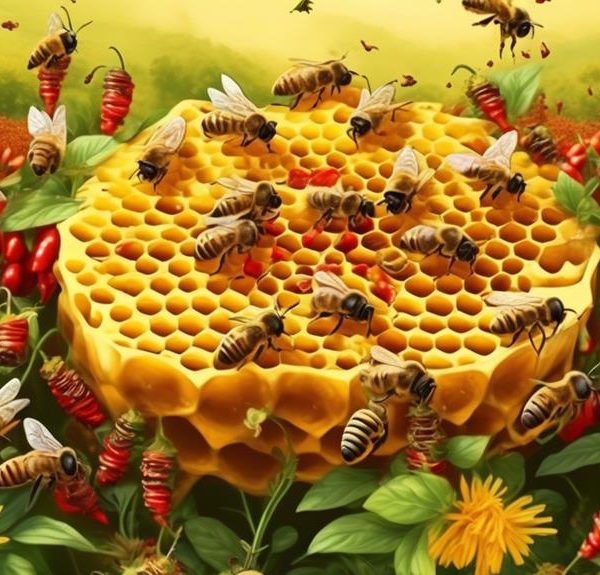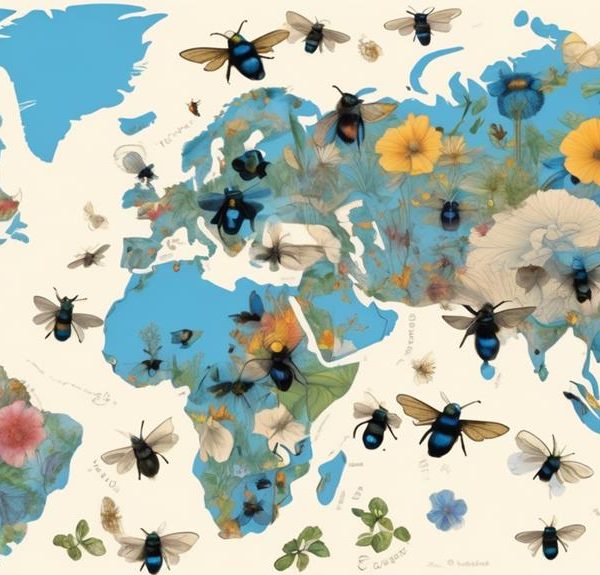Overflowing with potent compounds, discover why bee venom is the unexpected skincare sensation promising a youthful glow.
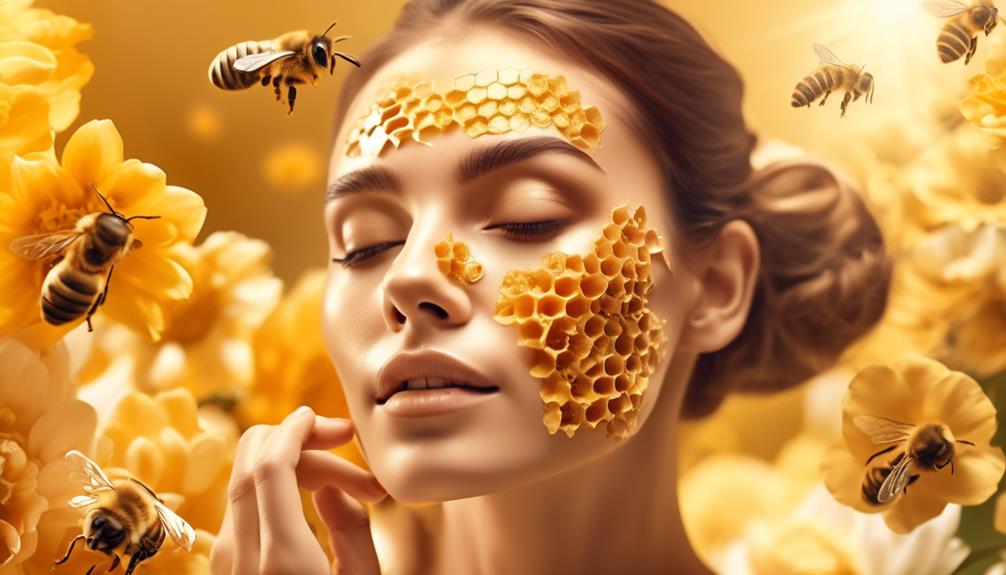
Why Is Bee Venom Good for Skin?
Well, who would've thought that getting stung by a bee could actually be beneficial for your skin?
Contrary to what you might assume, bee venom isn't just a cause of temporary pain and irritation. In fact, it's been hailed as one of the latest miracle ingredients in the skincare world. It's packed with a number of potent compounds that could give your skin a healthy, youthful glow.
But before you rush out to the nearest hive, let's explore the science behind this intriguing phenomenon and understand why bee venom is creating such a buzz in the skincare industry.
Key Takeaways
- Bee venom contains melittin, which has anti-inflammatory and antibacterial properties and stimulates collagen and elastin production in the skin.
- Bee venom promotes blood circulation to the skin's surface, leading to a more youthful complexion.
- It encourages cell regeneration and healing, reducing the visibility of wrinkles.
- Bee venom can be incorporated into skincare products to improve skin tone, combat acne, and aid in the removal of dead cells.
Understanding Bee Venom
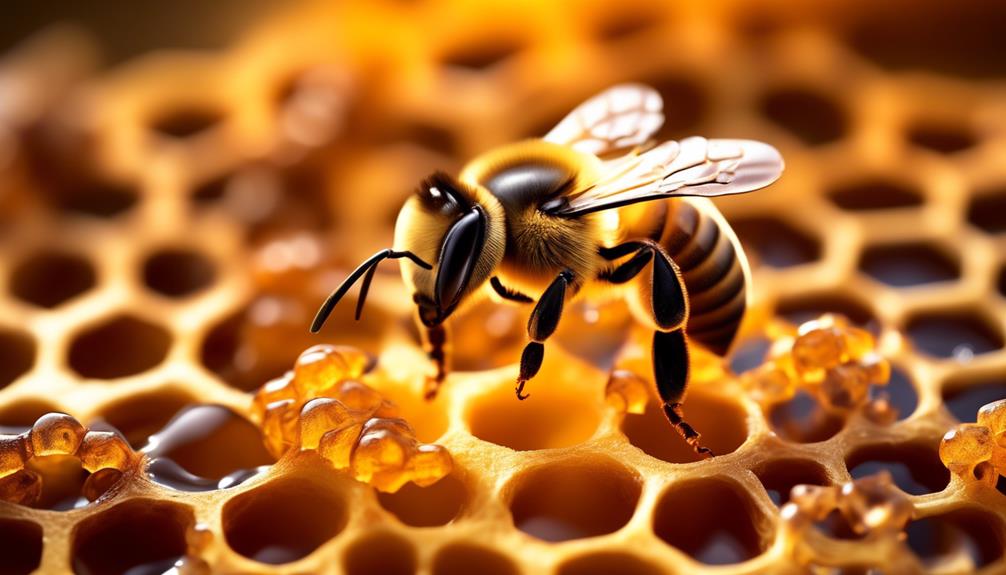
To fully appreciate the benefits of bee venom for skin, you need to understand what it is and how it works.
Bee venom, or apitoxin, is a colorless liquid produced by bees to defend against predators. This venom is composed of a complex mixture of proteins, peptides, enzymes, and non-proteinaceous components. The main active compound, melittin, makes up about 50% of the venom and is responsible for most of its effects.
Melittin has powerful anti-inflammatory and antibacterial properties. It stimulates your skin's production of collagen and elastin, the proteins responsible for skin's firmness and elasticity. Increased collagen and elastin production can help to reduce the appearance of fine lines and wrinkles, leading to a more youthful complexion.
Moreover, bee venom stimulates blood circulation to the skin's surface, promoting cell regeneration and healing. It's also believed to trick your skin into thinking it's been stung, causing a slight inflammatory response. This response can help to 'plump up' your skin, reducing the visibility of wrinkles and giving your complexion a healthier, more radiant glow.
The Science Behind Bee Venom
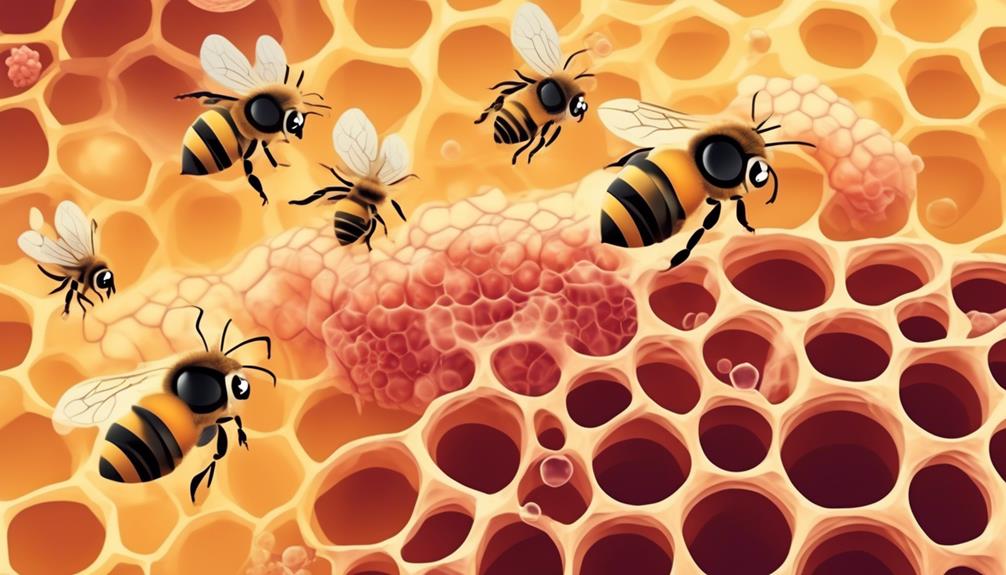
Now that you've grasped the basics of bee venom and its impact on skin, let's explore the scientific evidence that supports these effects.
Bee venom contains a compound called melittin, which has been shown to have anti-inflammatory and antibacterial properties. It's this compound that's believed to help combat acne and other skin conditions.
Studies have indicated that melittin can penetrate the skin without causing harm, and once inside, it stimulates the production of elastin and collagen, two proteins vital for skin health. Elastin helps your skin return to its original position when it's poked or pinched, while collagen provides structure and firmness.
Additionally, bee venom seems to boost blood circulation, which can help your skin absorb other beneficial ingredients more effectively. This, coupled with its ability to stimulate cell turnover, can contribute to a brighter, more youthful complexion.
It's important to note, however, that not everyone reacts to bee venom in the same way. Some may experience benefits, while others might've allergic reactions. Always do a patch test before incorporating new products into your skincare routine.
Benefits of Bee Venom for Skin
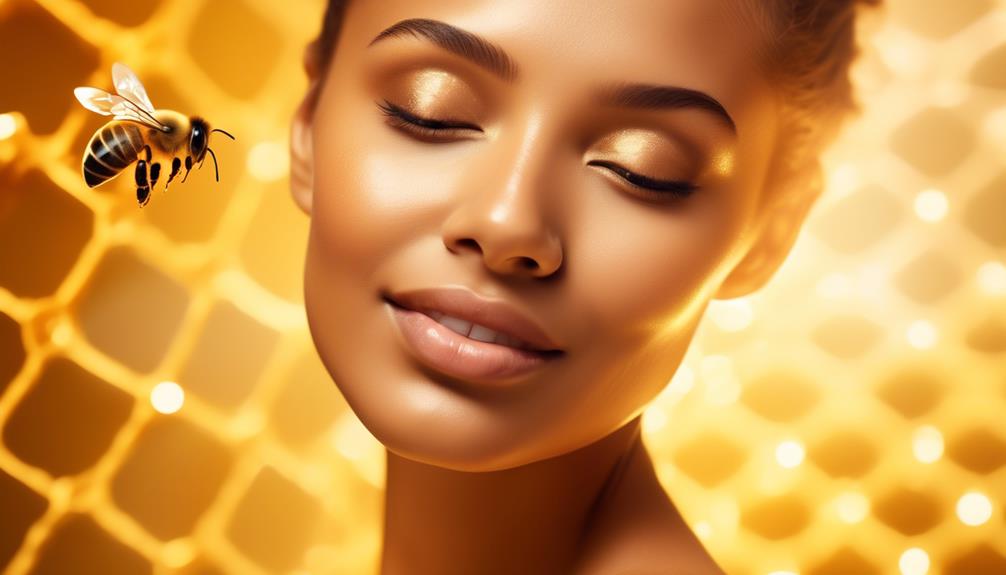
So, what exactly are the benefits of bee venom for your skin?
Bee venom's primary advantage lies in its ability to trick your skin into believing it's under attack. This deception prompts an increase in your body's production of collagen, a vital protein that keeps your skin firm and youthful. It's like a natural Botox that smoothens out wrinkles and fine lines without any invasive procedures.
Additionally, bee venom contains a compound called melittin, which has powerful anti-inflammatory and antibacterial properties. This makes it an effective treatment for acne and other skin infections. It helps to reduce redness and inflammation, promoting a clear, healthy complexion.
Bee venom also boosts blood circulation, helping to nourish your skin cells with essential nutrients and oxygen. This results in a healthier, more radiant skin tone. Moreover, it encourages the turnover of skin cells, aiding in the removal of dead cells and the regeneration of new ones.
In essence, bee venom could be your secret weapon against aging, skin inflammation, and dull complexion. However, remember that it's important to use bee venom products with caution, especially if you're allergic to bee stings. Always do a patch test before applying them to your entire face.
Bee Venom in Skincare Products
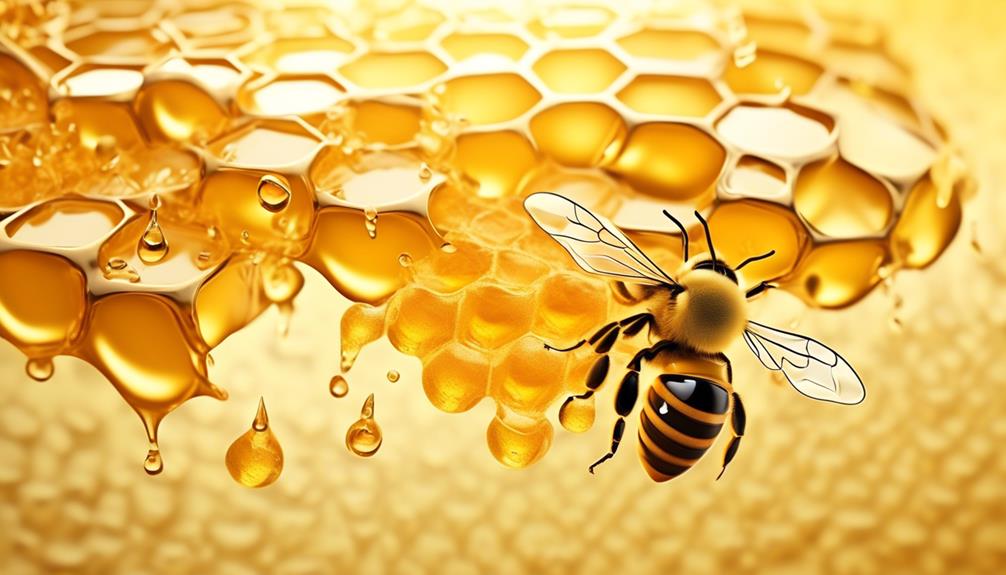
Ever wondered how bee venom is incorporated into skincare products? It's a fascinating process that begins with the careful extraction of venom from bees. The venom is then purified and diluted to safe levels before it's added to skincare formulations.
Now, you might be wondering why you'd want to apply something that's known to cause pain and inflammation to your skin. The answer lies in the unique components of bee venom. Melittin, a potent peptide in bee venom, tricks your skin into thinking it's been stung. This stimulates blood circulation and triggers your skin's natural production of collagen and elastin. These proteins are vital for maintaining skin's elasticity and reducing the appearance of wrinkles.
Bee venom is used in a variety of skincare products, from creams and serums to masks and lotions. It's often combined with other beneficial ingredients like Manuka honey, royal jelly, and propolis, enhancing the overall effectiveness of the product.
Risks and Precautions of Using Bee Venom
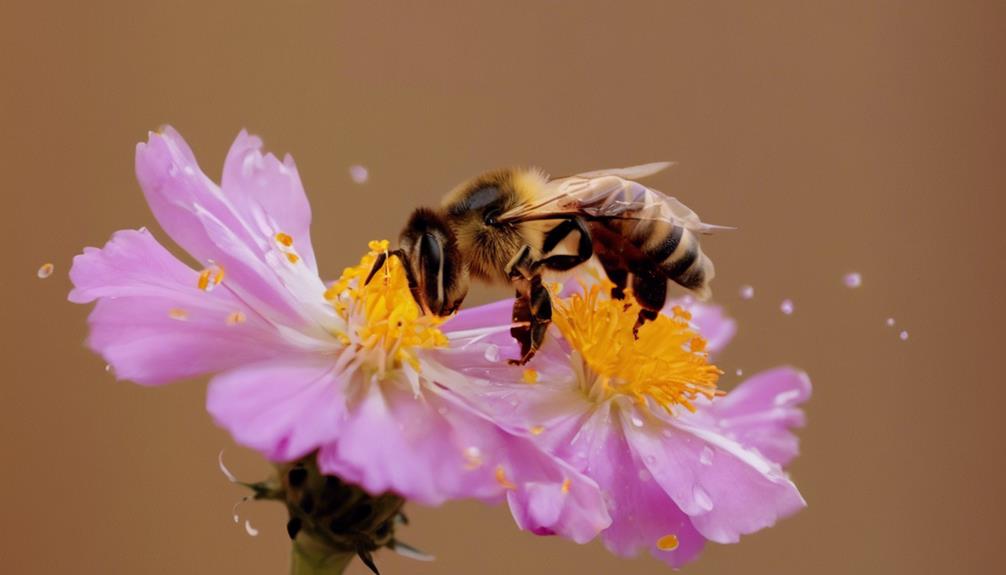
While the benefits of bee venom in skincare are intriguing, it's important to be aware of potential risks and necessary precautions when using these products. The most significant risk is an allergic reaction. If you're allergic to bee stings, you could have a severe reaction to skincare products containing bee venom. This could include hives, difficulty breathing, or even anaphylaxis, a potentially life-threatening condition.
Before using bee venom products, it's crucial to perform a patch test. Apply a small amount of the product on your forearm and wait 24 hours to see if you develop any adverse reactions. Always use products as directed and avoid using them on sensitive areas, such as your eyes or lips.
Even if you're not allergic, you may experience some skin irritation, redness, or swelling after using bee venom products. These side effects tend to be mild and temporary, but if they persist, stop using the product and seek medical advice.
Frequently Asked Questions
How Is Bee Venom Collected for Skincare Products Without Harming the Bees?
Bee venom is carefully collected by placing a glass pane with a light electrical current near the hive. When the bees land on it, they're lightly stimulated to sting, releasing their venom into the glass. Don't worry, this process doesn't harm the bees, they retain their stingers and continue with their lives unscathed.
The venom is then scraped off, purified, and used in skincare products for its revitalizing properties.
Can Bee Venom Be Incorporated in Homemade Skincare Remedies?
Absolutely, you can incorporate bee venom into your homemade skincare remedies. It's beneficial as it tricks your skin into thinking it's been stung, triggering an increase in collagen and elastin production. These proteins help your skin stay firm and youthful.
However, you should be cautious, especially if you have allergies. Always do a small patch test before applying it all over your skin, and never use pure venom directly.
What Other Health Benefits Does Bee Venom Offer Aside From Skincare?
Aside from skincare, bee venom offers many other health benefits. It's been used in treating arthritis and multiple sclerosis due to its anti-inflammatory properties.
Bee venom also stimulates the body's production of cortisone, a natural steroid, assisting with stress management.
It's even been investigated for its potential in treating certain types of cancer.
Always remember, though, you should consult a healthcare professional before starting any new health treatment.
Can Bee Venom Be Used in Skincare Routines for All Skin Types?
Yes, you can use bee venom in your skincare routine, regardless of your skin type. It's a versatile ingredient that benefits all skin types.
Bee venom boosts blood circulation, promotes the production of collagen and elastin, and has antibacterial properties.
However, it's crucial to do a patch test first, as some people may be allergic.
Also, always choose products from trustworthy brands to ensure you're getting high-quality bee venom.
How Fast Can One See the Effects of Using Bee Venom on the Skin?
You'll typically see results from bee venom skincare products within three to four weeks. However, it's important to remember that everyone's skin is different. Some may see improvements sooner, others might need longer.
It also depends on your skin type and concerns. Consistent use, as part of a healthy skincare routine, will yield the best results. Make sure to follow the product's directions carefully and always do a patch test first.
Conclusion
So, you see, bee venom isn't just a defensive weapon for bees, it's a skincare powerhouse.
The science supports its anti-inflammatory and antibacterial benefits, and its ability to stimulate collagen production.
However, remember to use bee venom-infused products responsibly, considering potential risks and allergies. Seek professional advice if unsure.
In essence, bee venom could be the natural, potent ingredient your skincare routine was missing.

